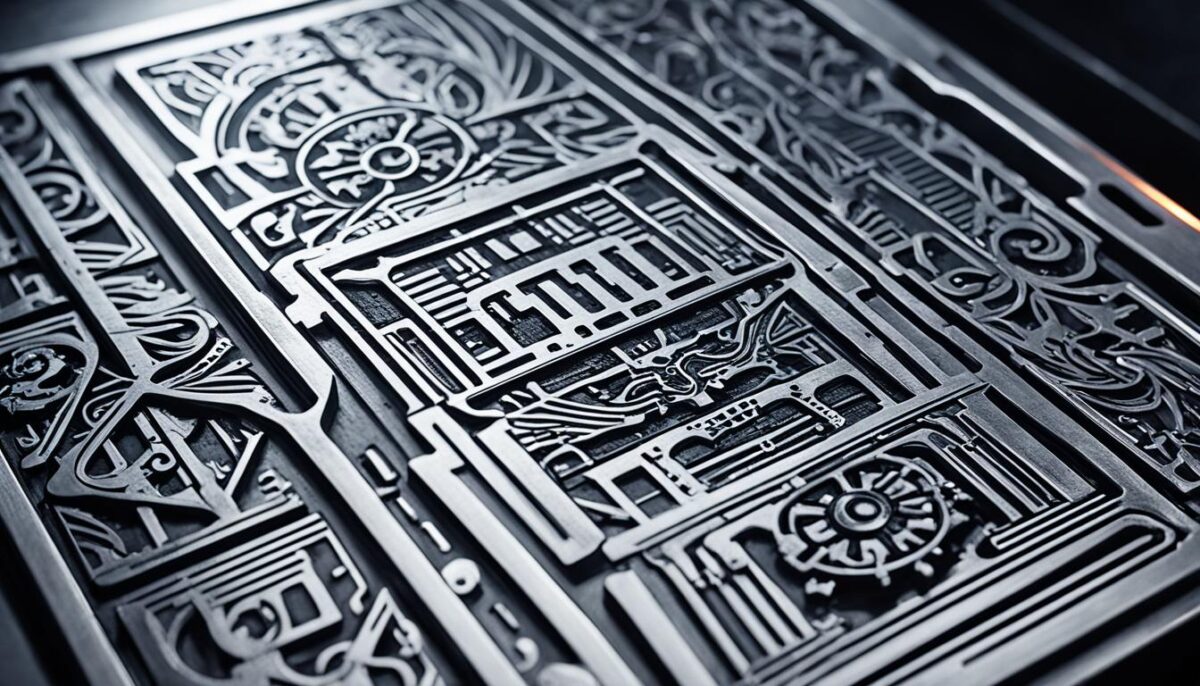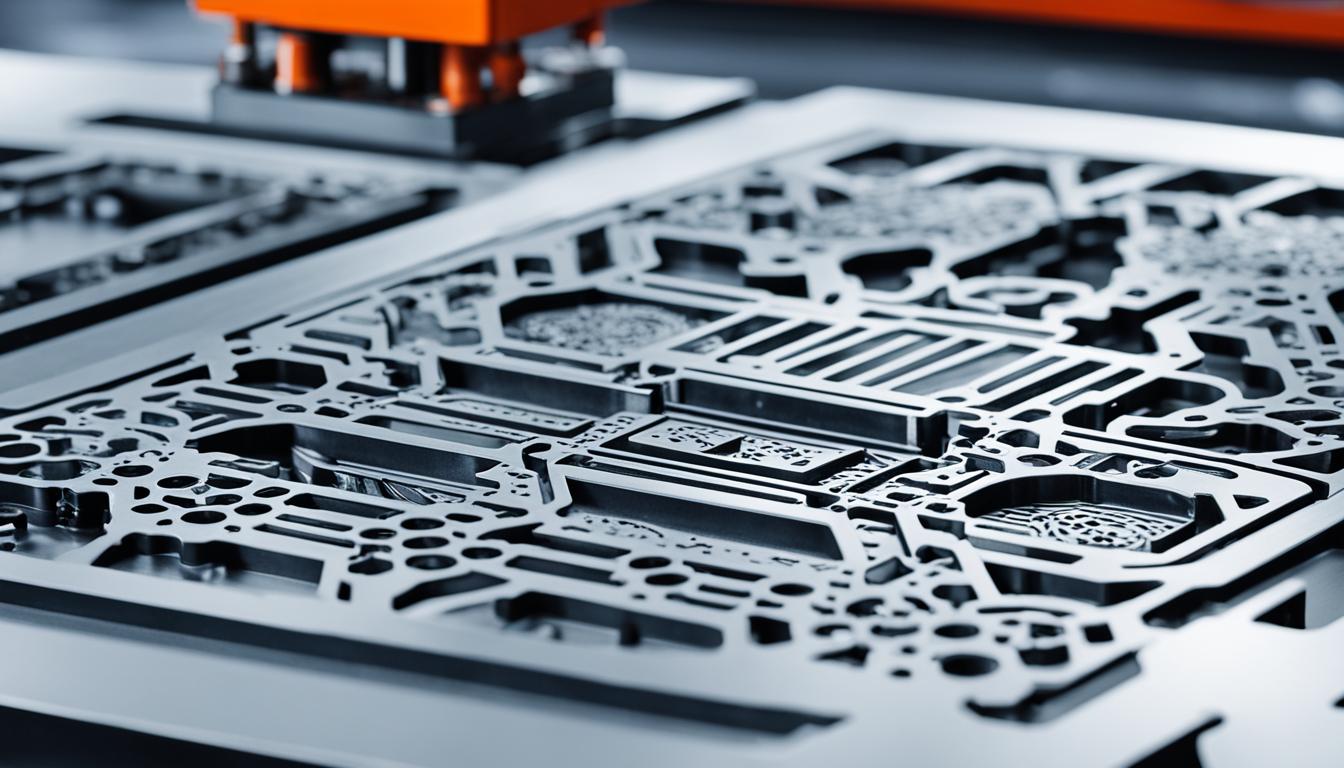Massiv Die-Form – Hot Stamping Dies & Hydroform Dies
Massiv Die-Form is a leading manufacturing company specializing in the production of high-quality hot stamping dies and hydroform dies. With a strong focus on precision engineering and robust metal forming solutions, Massiv Die-Form has established itself as a trusted name in the industry.
Hot stamping dies are integral to the metal forming process, enabling the creation of high-strength components with exceptional accuracy and durability. Massiv Die-Form’s hot stamping dies are meticulously designed and manufactured to deliver superior performance in various applications.
Hydroform dies offered by Massiv Die-Form play a crucial role in the metal forming industry. By harnessing the power of the hydroforming process, these dies allow for the shaping of complex metal components with precision and versatility. Massiv Die-Form’s hydroform dies are trusted by professionals for their exceptional quality and performance.
With a dedicated team of experts and advanced technologies, Massiv Die-Form provides cutting-edge solutions to meet the diverse needs of its clients. The company’s commitment to innovation, quality, and customer satisfaction sets them apart in the industry.
Understanding Hot Stamping Dies
Hot stamping dies play a crucial role in the metal forming industry, enabling the creation of high-strength components with exceptional precision. These dies are meticulously engineered to shape and form metal under high temperatures, resulting in durable and visually appealing end products.
The process of hot stamping involves heating a metal sheet to a specific temperature and then pressing it into a die cavity, where it takes on the desired shape. The heated sheet rapidly cools and hardens within the die, ensuring enhanced material properties and surface finish.
Hot stamping dies are essential tools in various metal forming applications, including automotive, aerospace, and consumer electronics industries. They are widely employed to produce critical components like structural parts, body panels, and interior trim elements.
The Importance of Precision Engineering
Precision engineering is the cornerstone of hot stamping die manufacturing. Every aspect of the die’s design and construction is carefully engineered to ensure dimensional accuracy, die lifespan, and optimal part quality. The precision engineering process involves:
- Thorough analysis of customer requirements and part specifications.
- Conceptualizing and designing the die cavity to meet specific geometric tolerances.
- Utilizing advanced CAD/CAM software to simulate material flow, optimize tool geometry, and identify potential issues.
- Selecting high-quality tool steel and employing advanced heat treatment processes to enhance die durability.
- Implementing precision machining techniques and inspection procedures to achieve tight tolerances.
By integrating precision engineering principles, hot stamping dies are capable of delivering repeatable and reliable results, ensuring the production of components that meet the most stringent industry standards.
Applications of Hot Stamping Dies
The versatility of hot stamping dies enables their application across a wide range of industries and products. Some common applications include:
- Automotive industry: Hot stamping dies are extensively used in the manufacturing of structural components, such as A and B pillars, roof cross members, and reinforcement beams. These components provide excellent crash performance and contribute to lightweight vehicle designs.
- Aerospace industry: Hot stamping dies play a crucial role in shaping aircraft parts, such as wing ribs, fuselage frames, and engine brackets. These components require high strength, low weight, and precise geometries to ensure safe and efficient flight.
- Consumer electronics industry: Hot stamping dies are utilized in the production of electronic device casings, battery covers, and decorative elements. The process allows for intricate designs and superior surface finishes that enhance the aesthetic appeal of consumer products.
With their ability to deliver complex geometries, exceptional strength, and surface finishes, hot stamping dies are invaluable tools for manufacturers seeking high-quality, lightweight, and durable components.

Exploring Hydroform Dies
Hydroform dies play a pivotal role in the metal forming industry, offering a versatile and efficient solution for shaping complex metal components. By utilizing the hydroforming process, these dies create intricate designs with superior precision and quality.
Hydroform Dies in Metal Forming
In the realm of metal forming, hydroform dies are renowned for their ability to shape various materials, including stainless steel, aluminum, and high-strength alloys. This process involves using a highly pressurized fluid (typically water or oil) to deform the material into the desired shape. Unlike traditional methods, hydroforming eliminates the need for multiple components and assembly, resulting in reduced material waste, enhanced structural integrity, and improved aesthetics.
The Hydroforming Process
The hydroforming process starts with a blank, typically a flat sheet or tubular material, which is placed within the hydroform die. As high-pressure fluid is injected into the die, it exerts force on the material, conforming it to the intricacies of the die cavity. This controlled deformation enables the production of complex shapes with uniform thickness and minimal defects. Moreover, hydroforming allows for seamless integration of additional features, such as flanges and embossments, reducing the need for secondary operations.
Advantages of Hydroform Dies
Hydroform dies offer numerous advantages over traditional metal forming techniques. Firstly, the hydroforming process enables the production of lightweight yet strong components, making it ideal for industries such as automotive, aerospace, and consumer electronics. Additionally, hydroforming eliminates the need for welding or joining separate components, mitigating the risk of structural weaknesses and reducing production time and costs.
Increased Design Freedom
One of the key advantages of hydroform dies is the increased design freedom it provides. With the ability to create complex shapes, hydroforming opens up avenues for innovative designs that were once limited by conventional techniques. The versatility of hydroform dies allows manufacturers to push boundaries and explore new possibilities in product development.
Benefits of Massiv Die-Form’s Solutions
Massiv Die-Form is renowned for delivering exceptional solutions in hot stamping dies and hydroform dies, setting the industry standard for precision engineering and advanced metal forming technologies. With a commitment to quality, performance, and customer satisfaction, Massiv Die-Form’s solutions offer a range of unique benefits for various applications.
When it comes to hot stamping dies, Massiv Die-Form’s expertise shines through in every detail. Their precision engineering ensures the creation of durable, high-performance dies that consistently deliver outstanding results. Whether it’s for automotive, aerospace, or consumer goods, these dies enable the production of complex, high-strength components with superior surface finish and dimensional accuracy.
In the realm of hydroform dies, Massiv Die-Form’s solutions offer unmatched versatility and precision. By leveraging the hydroforming process, these dies can shape intricate and challenging metal components with ease. The result is increased design flexibility, reduced material waste, and enhanced product integrity. From medical devices to architectural components, Massiv Die-Form’s hydroform dies open up new possibilities in metal forming.
Massiv Die-Form’s solutions are trusted by leading manufacturers worldwide, thanks to their ability to deliver innovative solutions and consistently exceed expectations. Their dedication to pushing the boundaries of engineering and investing in cutting-edge technologies ensures that customers receive the highest quality dies for their specific needs.

